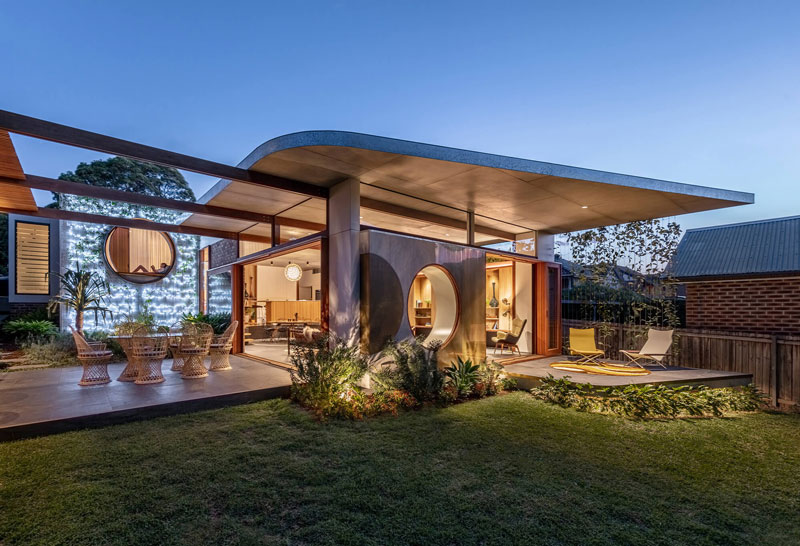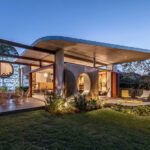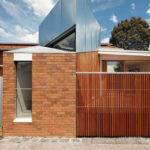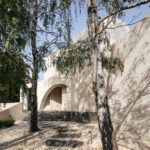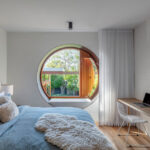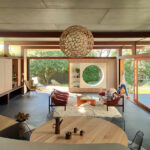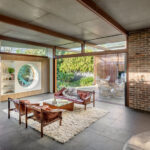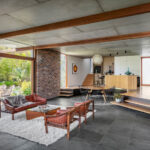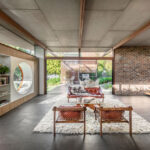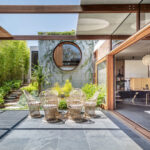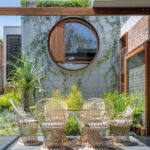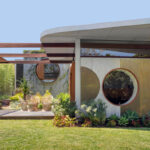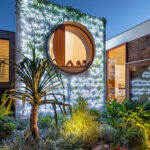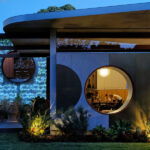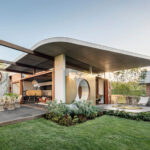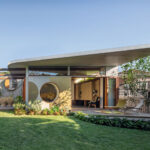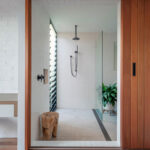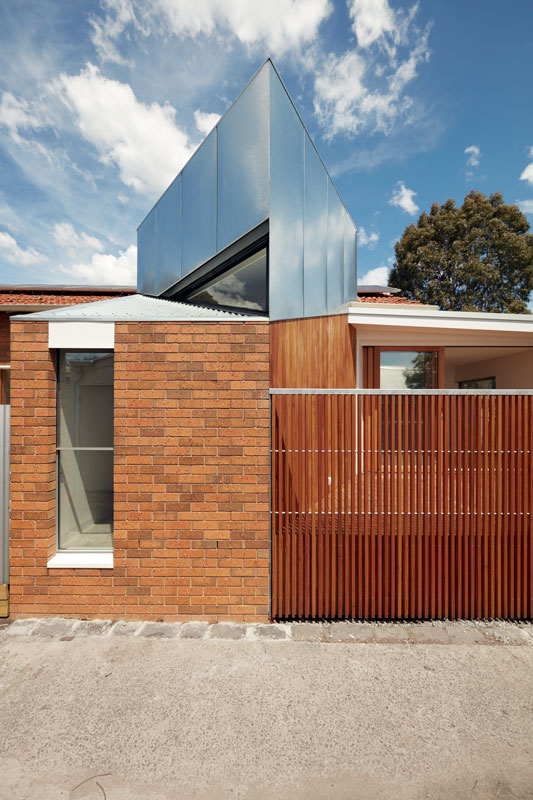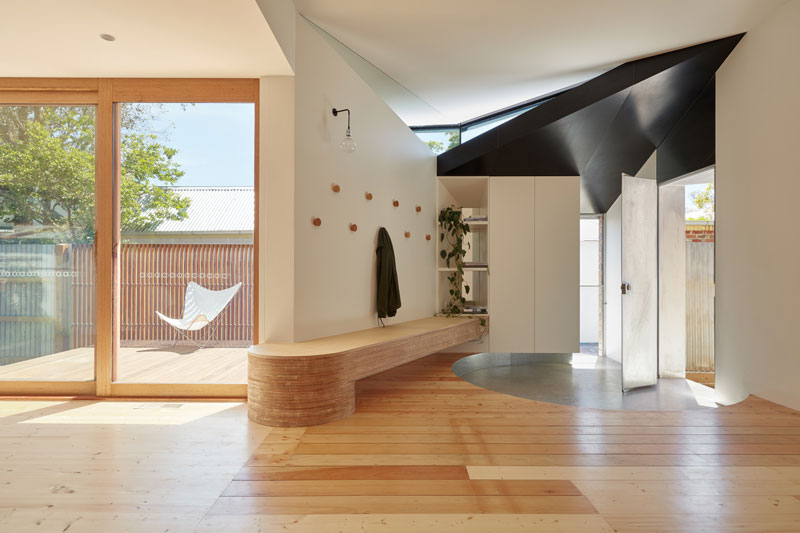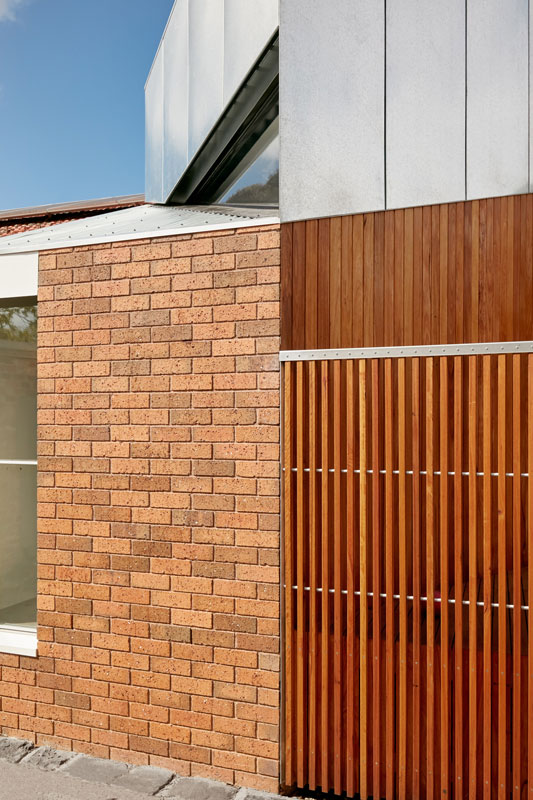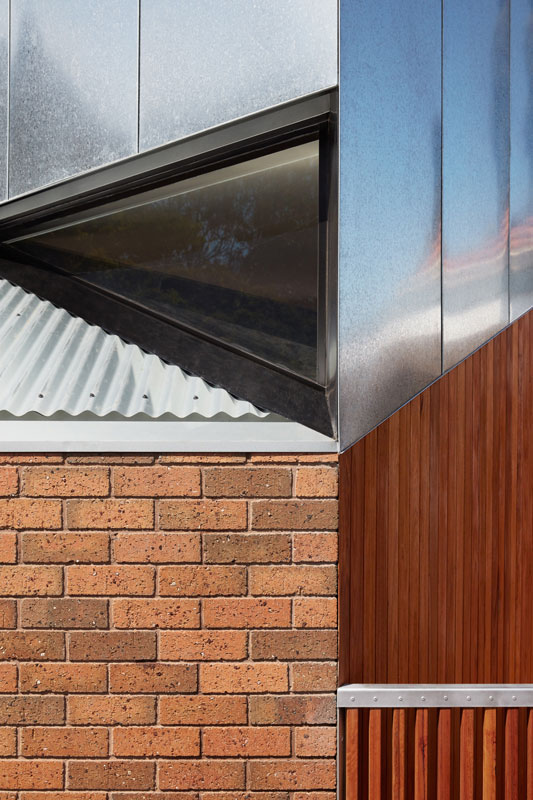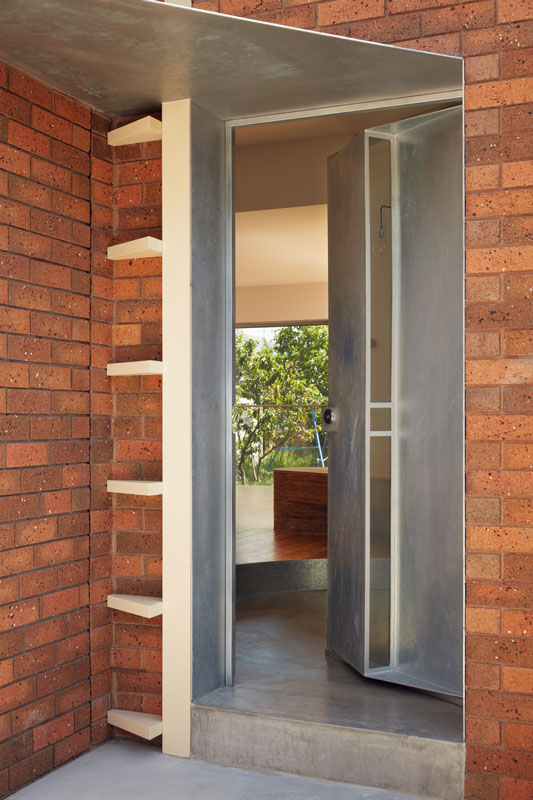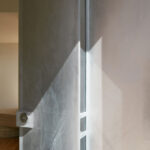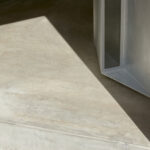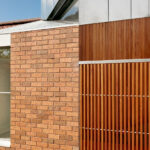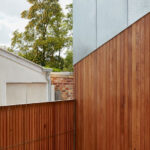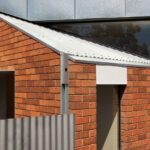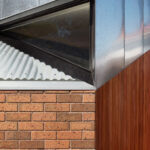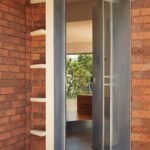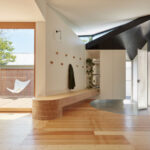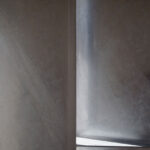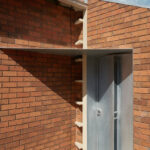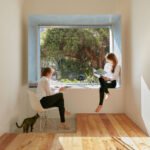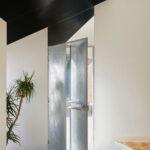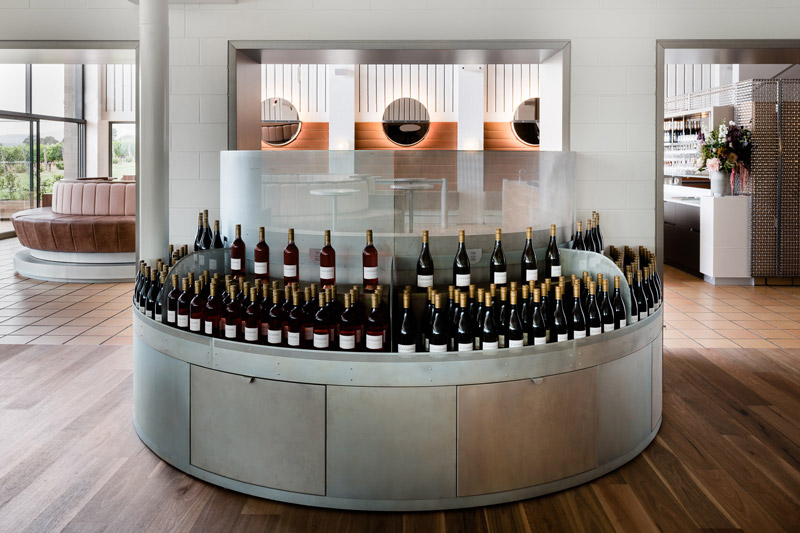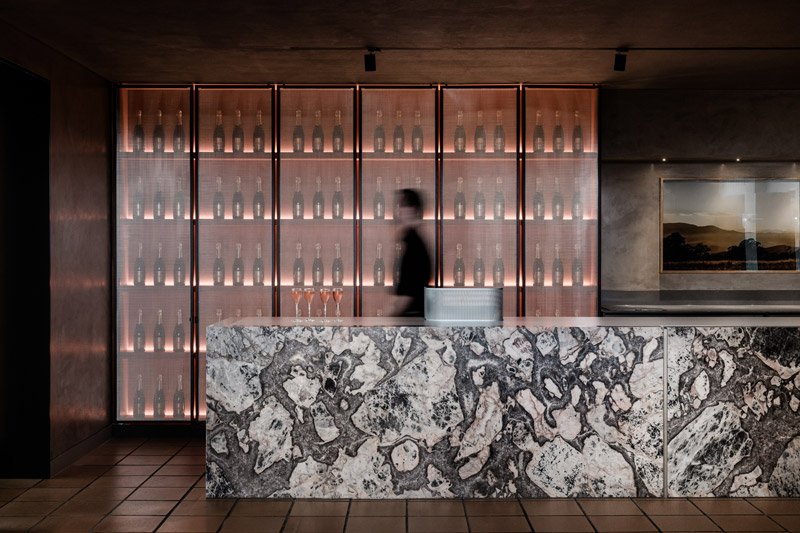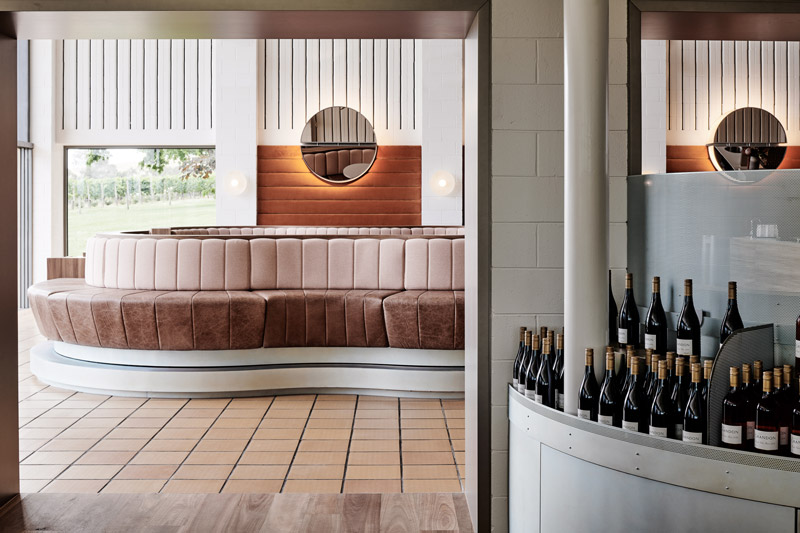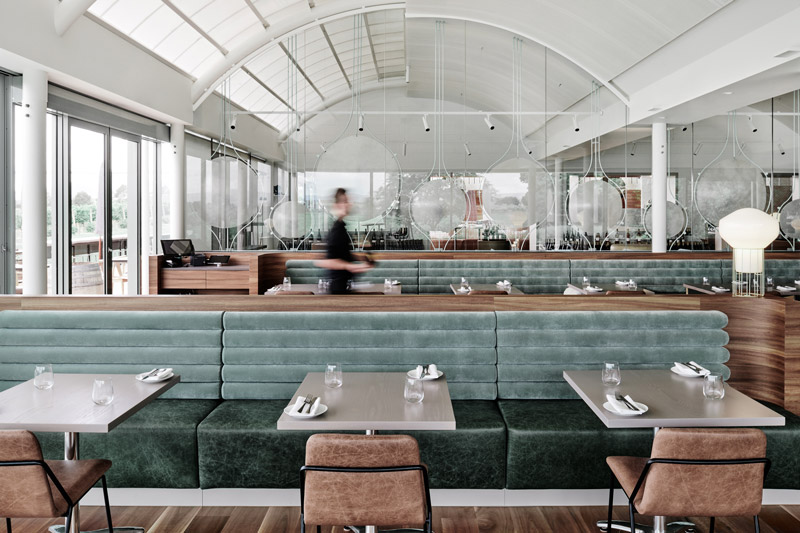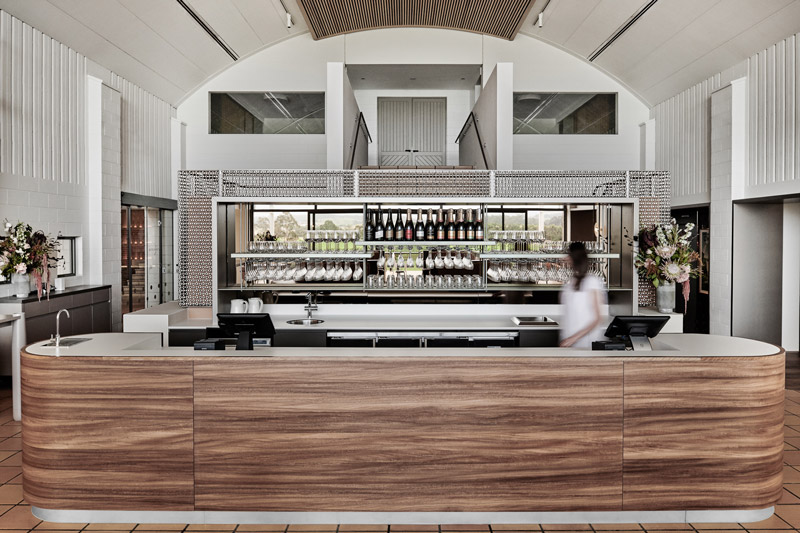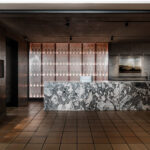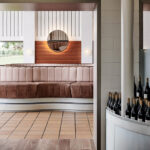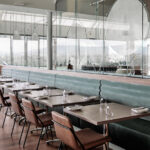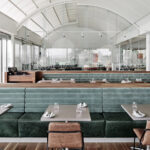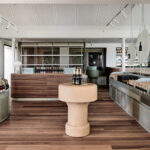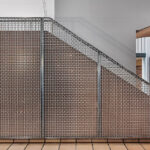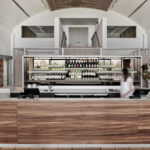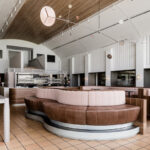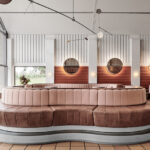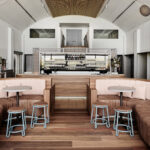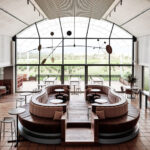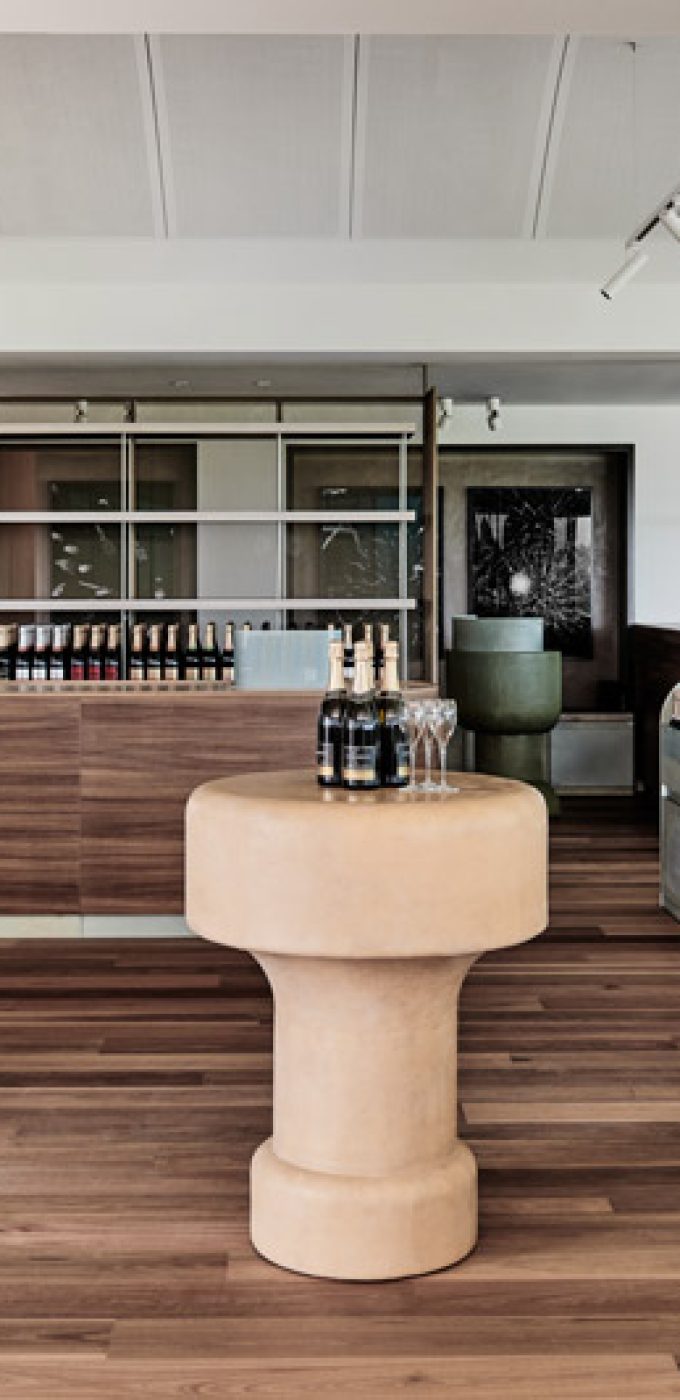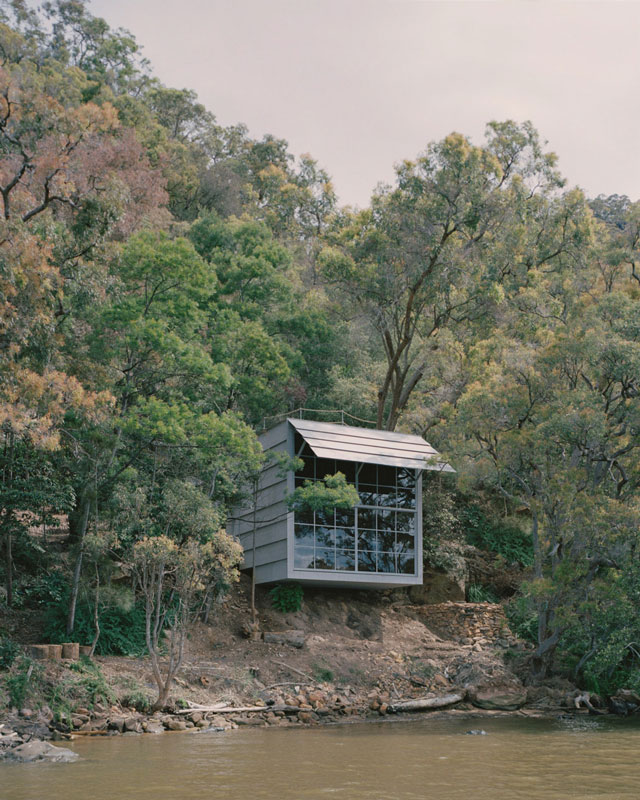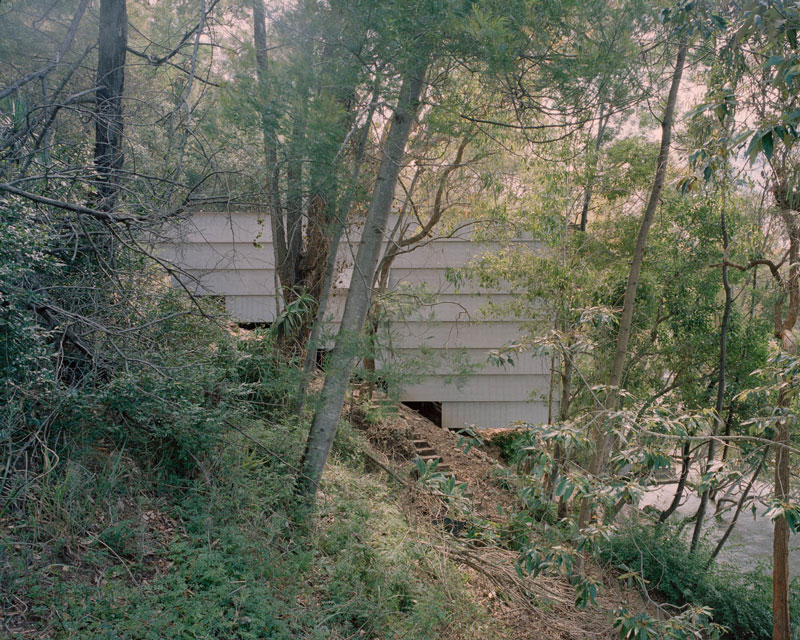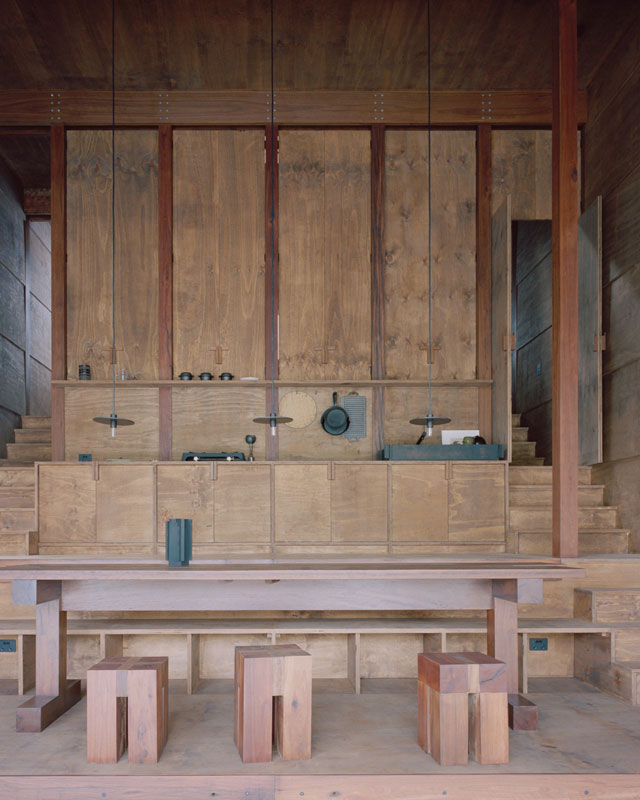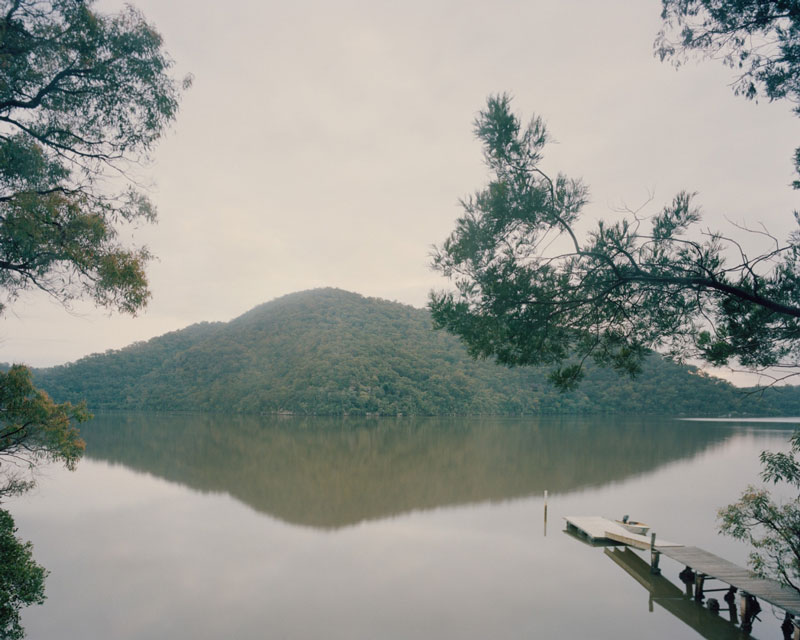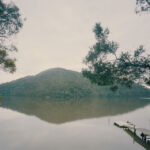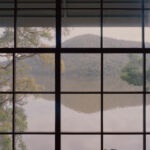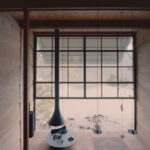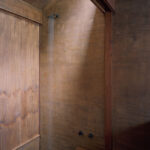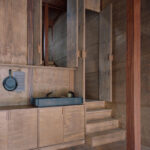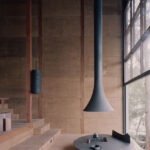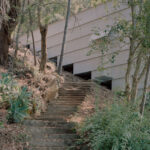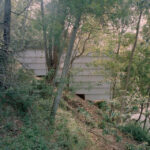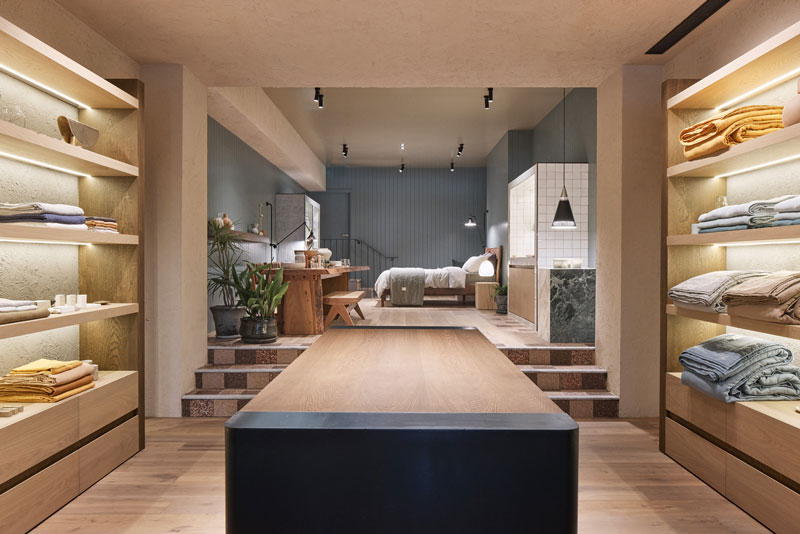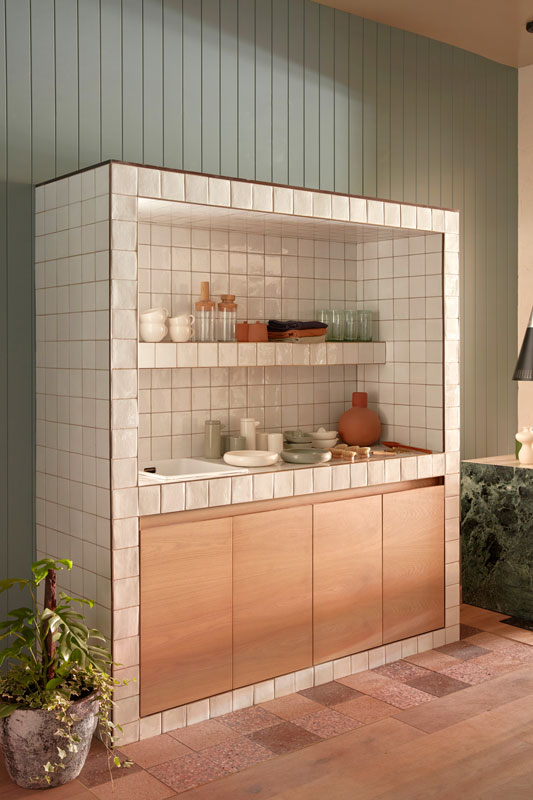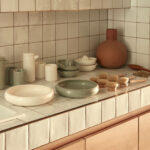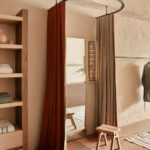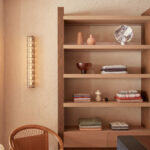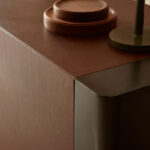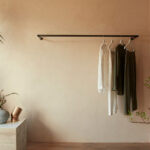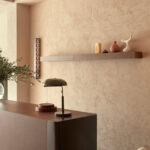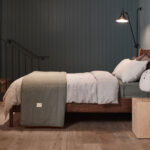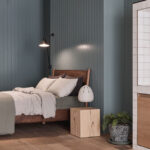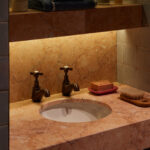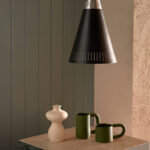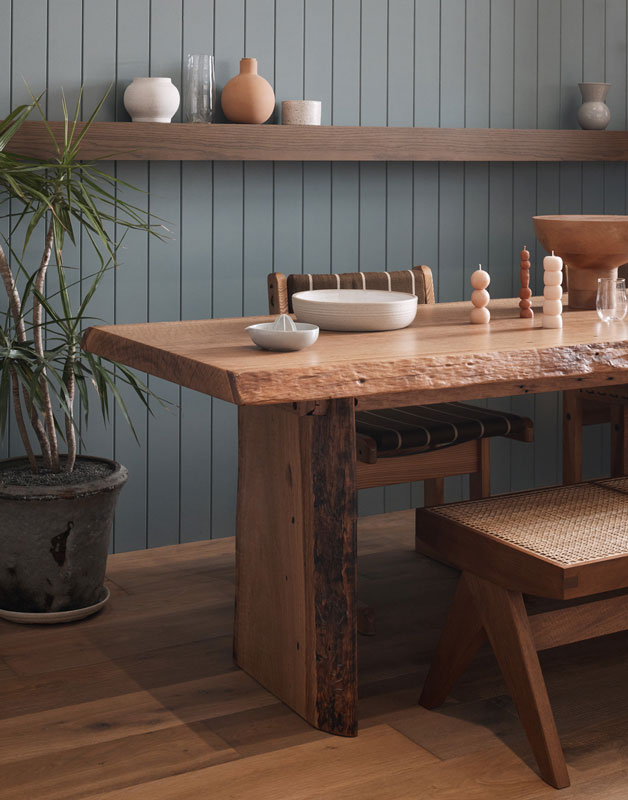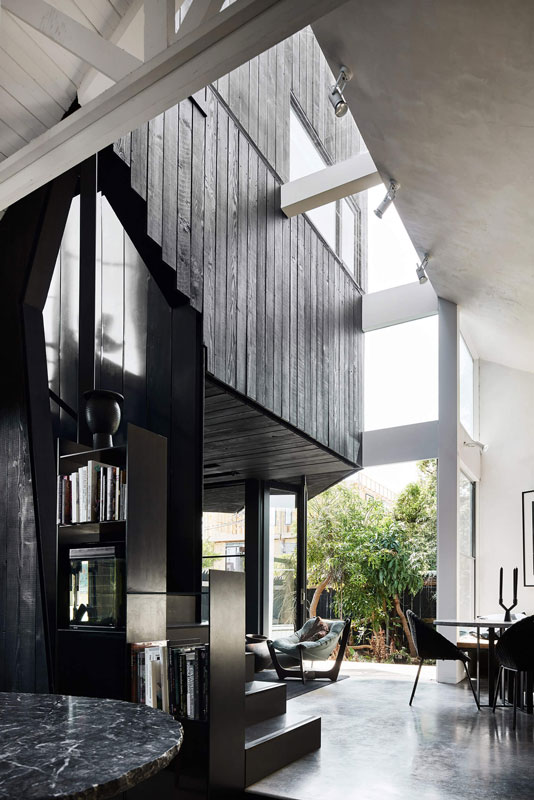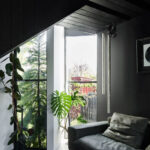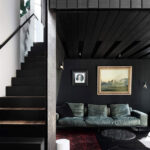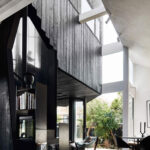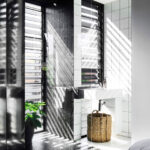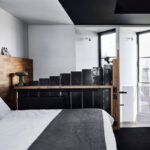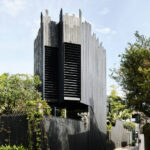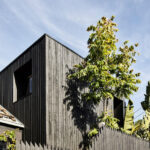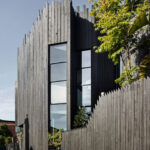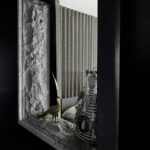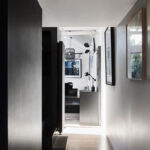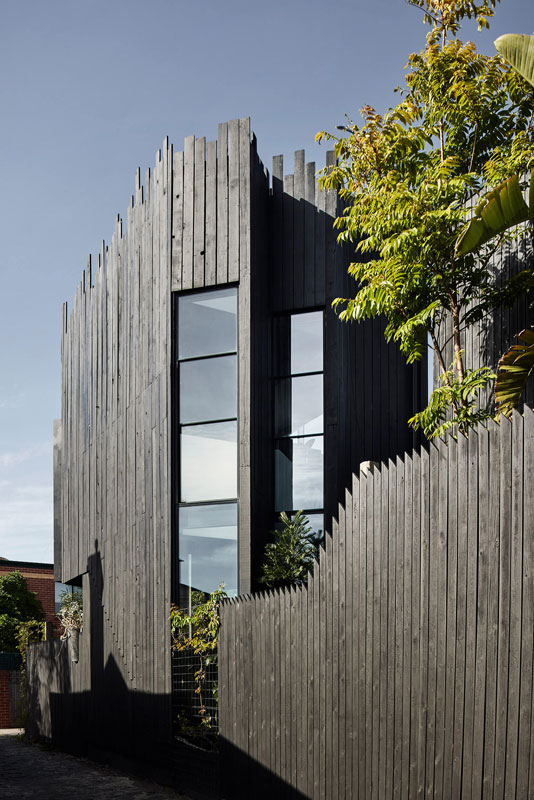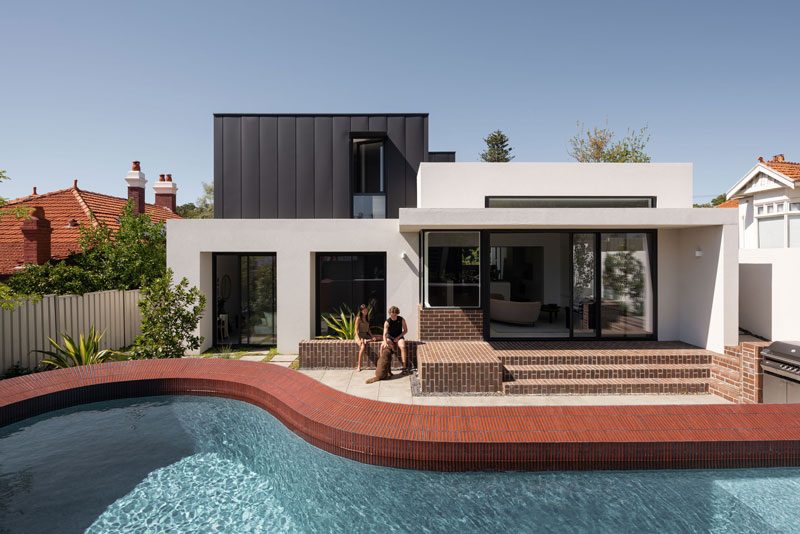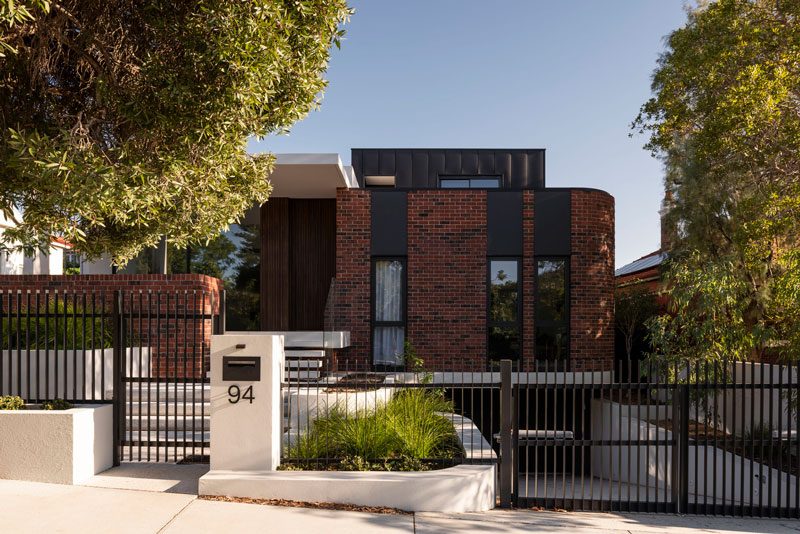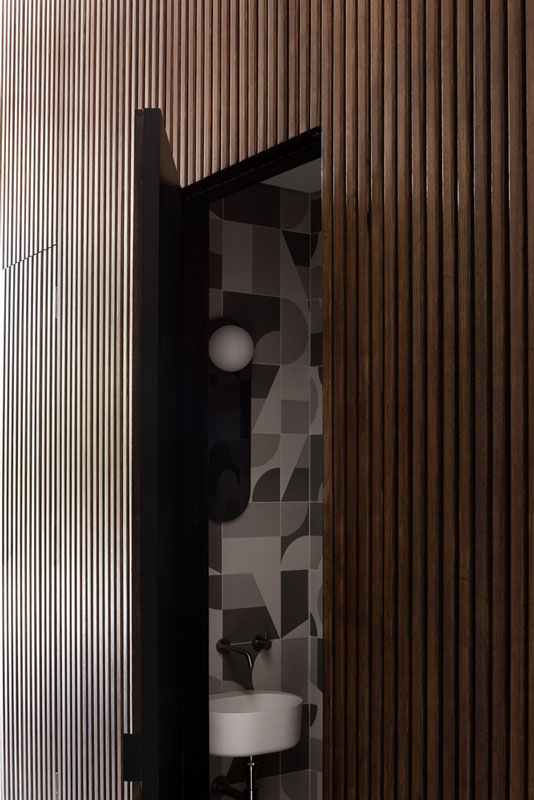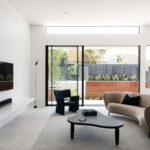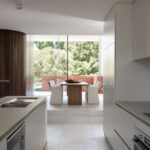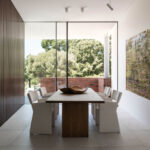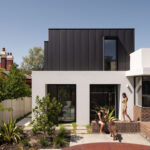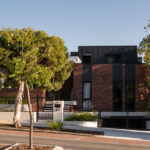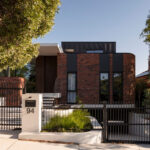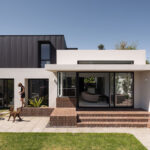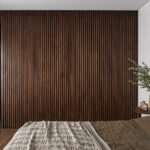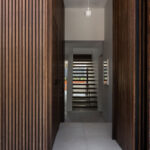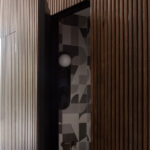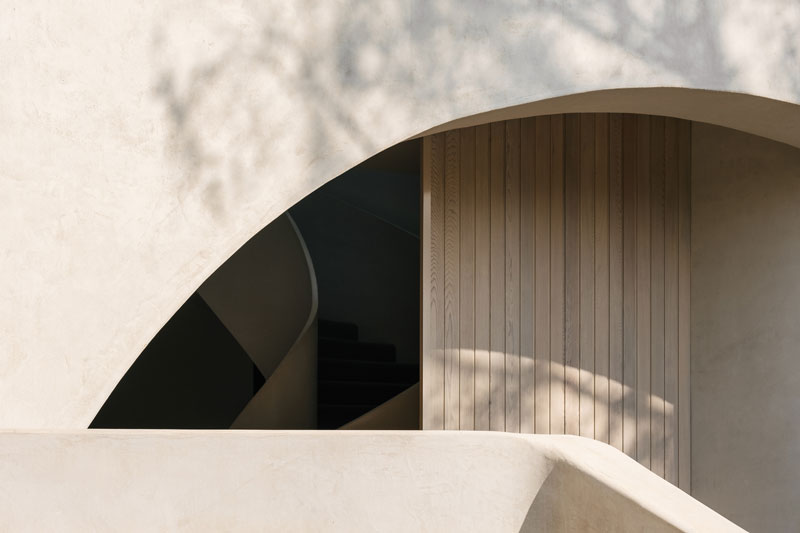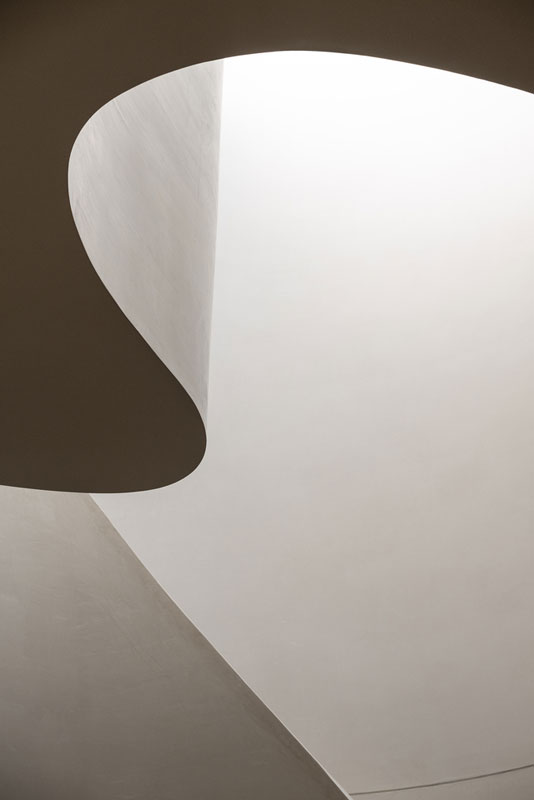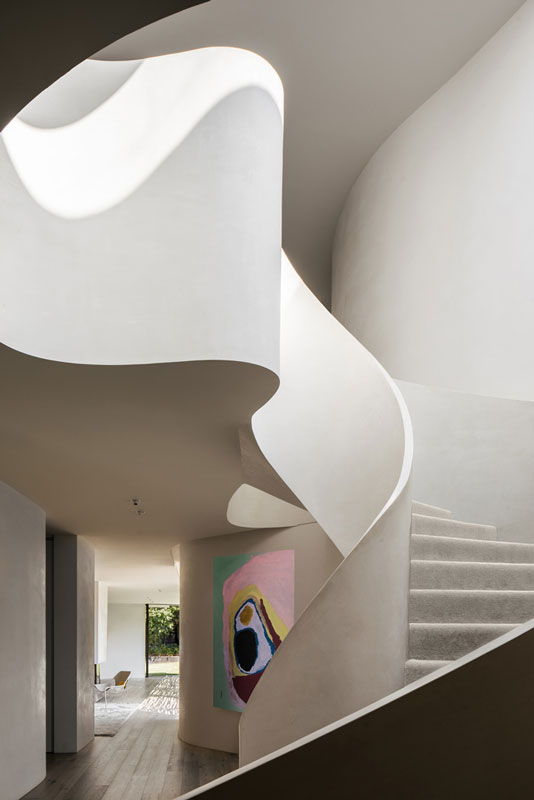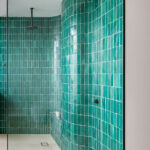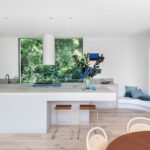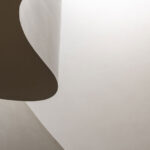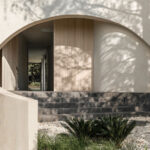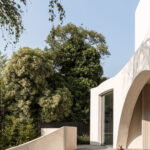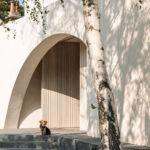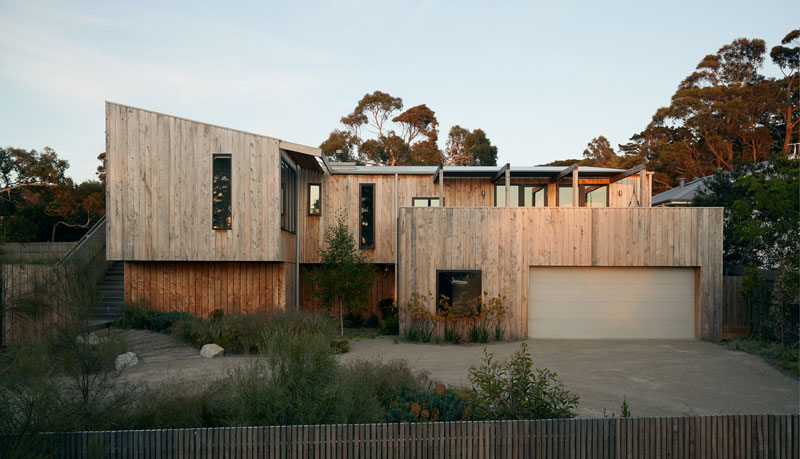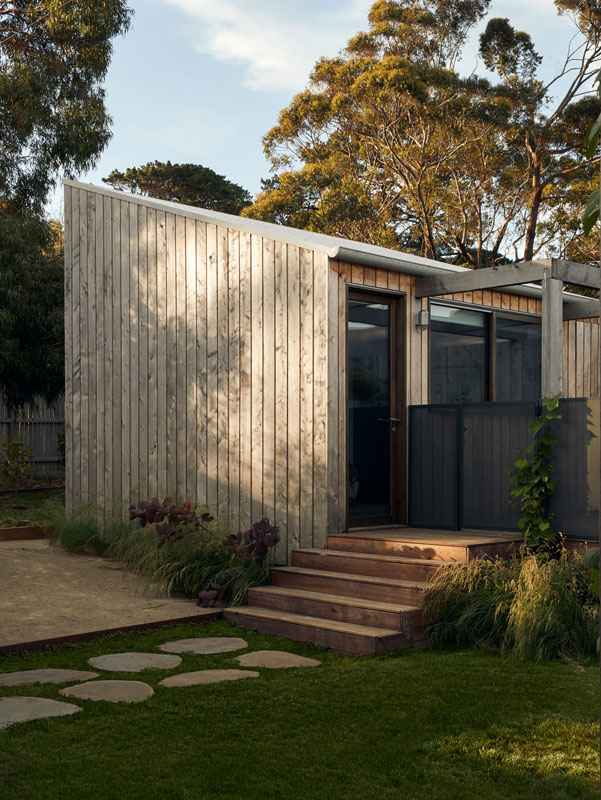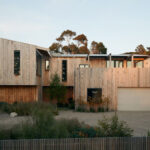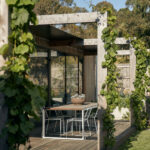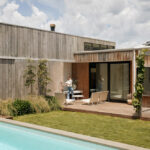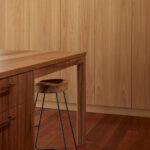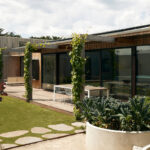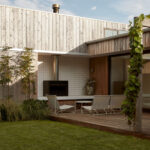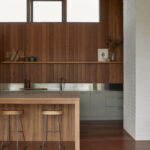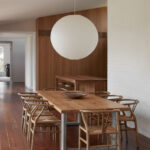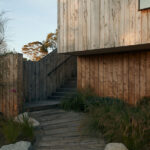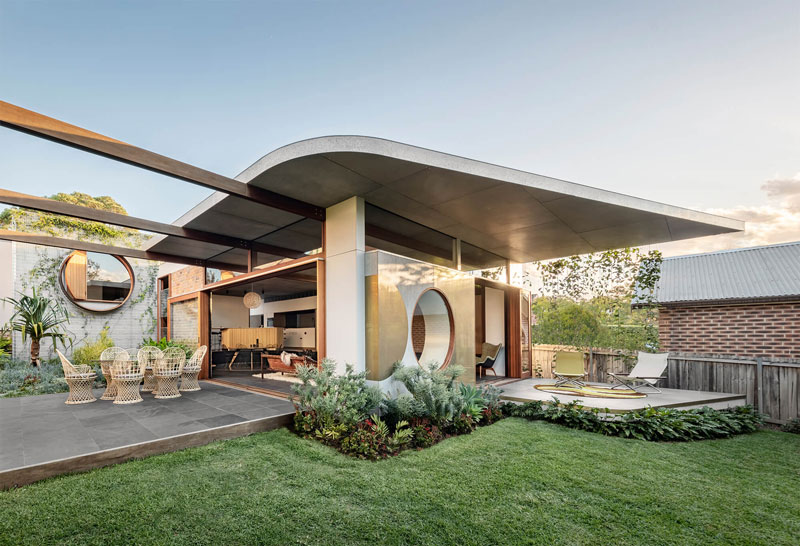
Totoro House by CplusC Architectural Workshop
Text description provided by CplusC Architectural Workshop. Three decades ago, Studio Ghibli’s animated fantasy My Neighbor Totoro taught us about the importance of relationships; with family, friends, and nature. Similarly, the concept of Totoro House is heavily inspired by the strong family bond of the clients, the connection between its occupants and relationship to landscape.
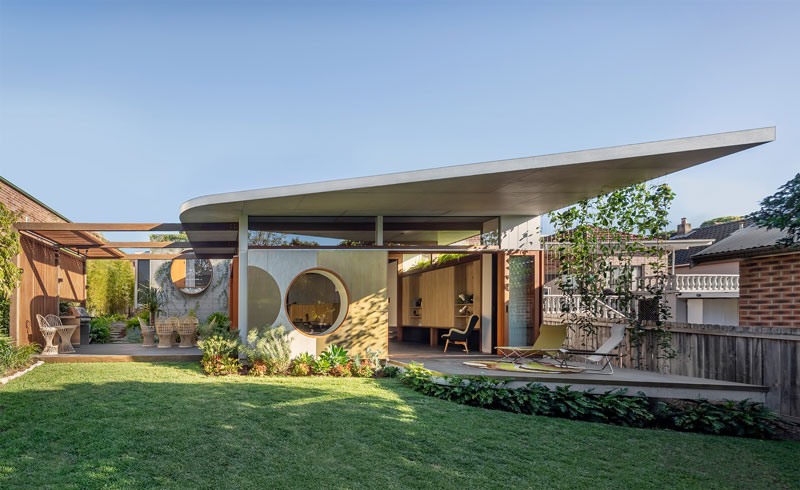
To translate this bond into architectural form, the design deliberately removes boundaries and combines the Living, Dining and Kitchen into one interwoven space; walls that separated the spaces were reimagined as a vertical threshold that keeps the occupants together despite working on different tasks. Parts of the extension are pulled outwards to form the outdoor living, cooking and seating area, softening the threshold between the house and courtyard.
A circular motif is extended from dining area to the Living space window overlooking the rear courtyard, a framed transition from the interior to exterior influenced by the Japanese concept of Shakkei. This gives the house a sense of serenity during quiet school days while connecting the home to backyard family sports in the evening.
The house can be categorised into three different zones: private quarters of the existing house, living space in the new extension and the courtyard and garden.

The existing house accommodates two bedrooms, a master bedroom with en-suite, a guest room and a bathroom. Although all the spaces have been rejuvenated to match the standard of the new extension, its layout has not been significantly changed with the exclusion of the main bedroom. The new design incorporates a large circular window that frames the view of the outdoor living space and backyard as inspired by the Japanese concept of Shakkei. Part of the window is made operable to allow for natural cross ventilation. The frame itself also acts as seating for young children. The room is fitted with two layers of blinds, both solid and translucent, to allow for maximum control of privacy and light.
Initially, there was a disconnection between the original house and rear yard due to topography that hindered the ability of the clients to connect to the garden. The new extension establishes itself as the missing link between the two through a gradual vertical transition that navigates occupants from the private bedrooms to the outdoor spaces and garden. The form of the new social spaces to the rear was designed with context in mind, ensuring no adjacent neighbour lost amenity or privacy. With the new extension mostly hidden from the street, glimpses of the playful space beyond peek out from behind the retained federation-period home.
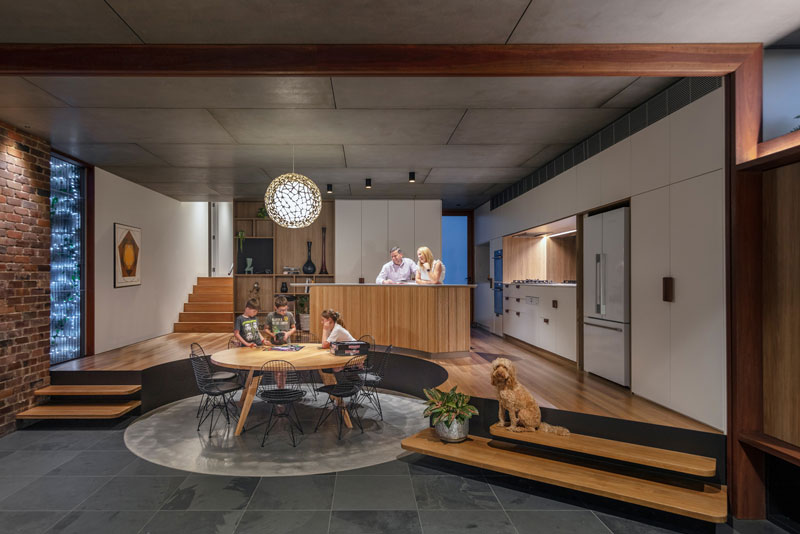
The new program transformed the previously dark and gloomy living spaces in to one light-filled, non-sequential, open plan living area that correlates to the client’s desire to connect with their children. One can be preparing dinner on the kitchen island while still listening to the kids talk about their adventures at school; or enjoy some Sunday afternoon reading on the couch while the rest of the family plays backyard cricket. Thresholds between interior and exterior are dissolved and provide opportunities for the clients to strengthen their family bond and their relationship with the natural environment.
As a significant portion of the new extension revolves around connection between the built form and garden, we worked closely with the landscape designer to develop a solution that softens the threshold between the two. Our role as both architect, builders and on-site documenters gave opportunity for a level of detail resolution not often found in traditional practice. The result is a garden with native plantings and climbing plants that will eventually wrap up and over the master bedroom façade. Collaboration with a furniture stylist & vintage supplier enabled the Mid-Century aesthetic of the new interior spaces to be accentuated.
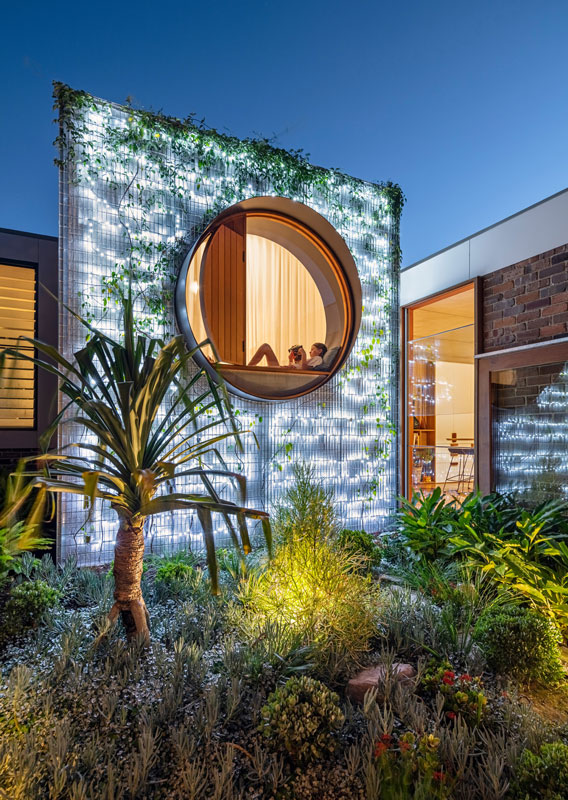
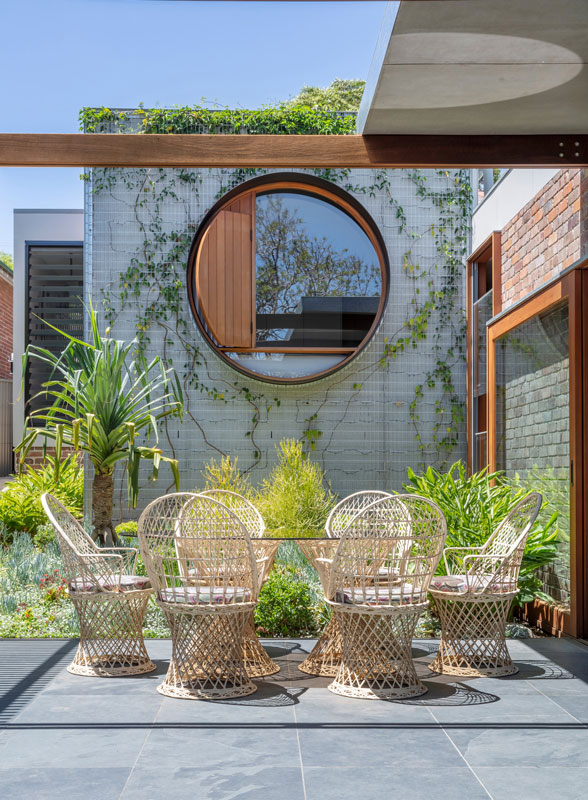
As an environmentally conscious practice, careful consideration in terms of material use is evident throughout Totoro House. For instance, specific calculations were made so that the exterior brass cladding around the circular window could be achieved with only two standardised sheets, with cut-offs incorporated as part of the design, reinforcing the circular motif. Existing materials are also consciously reused to their full potential such as reusing the demolished sandstone foundations in the garden, maximising the material’s lifespan, and reducing site waste. In addition, the design supports the family’s sustainable lifestyle through the installation of a 3kW photovoltaic system and an 8000L rainwater tank to reduce the environmental impact of day-to-day life.

CplusC Architectural Project Details
- Architects: CplusC Architectural Workshop
- Area: 227 m²
- Year: 2019
- Photographs: Murray Fredericks, Ryan Ng
- Landscaper: Bell Landscapes
written by : Hana Abdel
12 Sep 2022
published in : archdaily.com
Last Posts
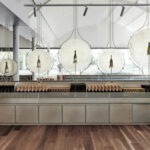
Chandon Australia by Foolscap Studio

LINA Architecture Platform Program
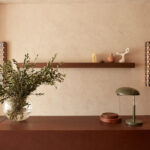
IN BED Armadale Store by Flack Studio

Host House by Splinter Society Architecture

Thomson House by C.Kairouz Architects



